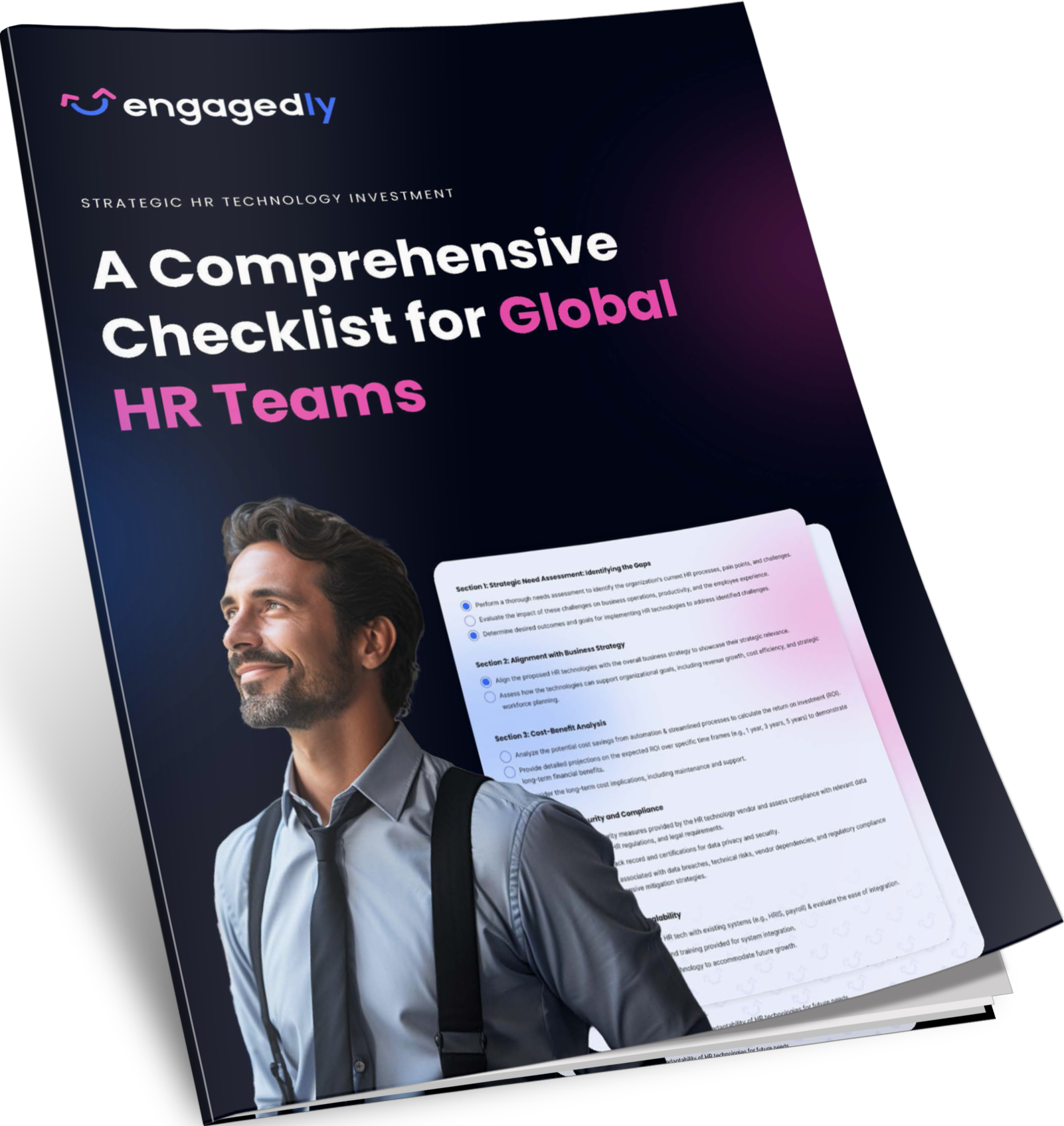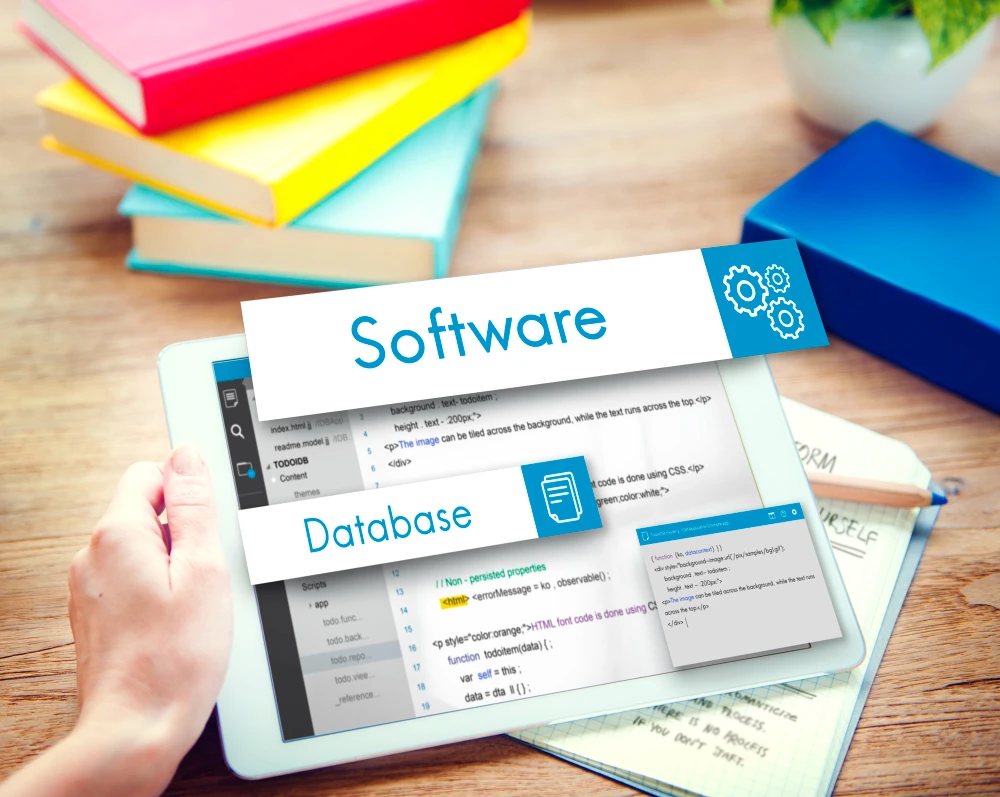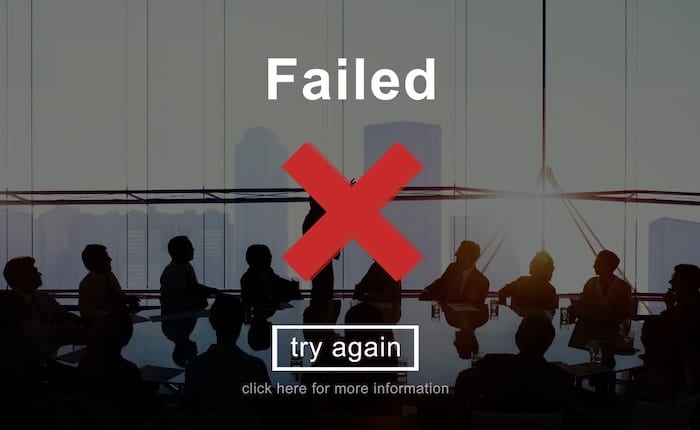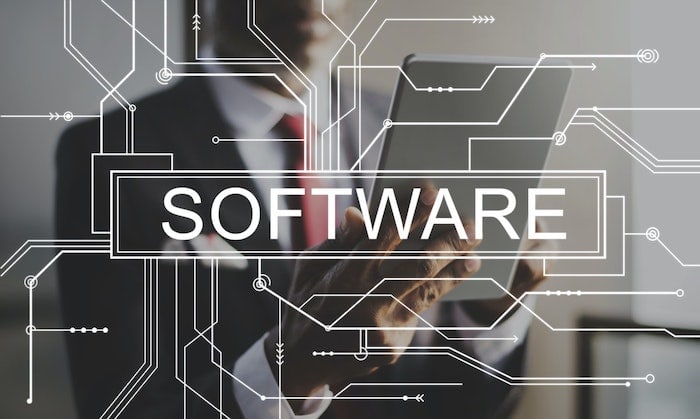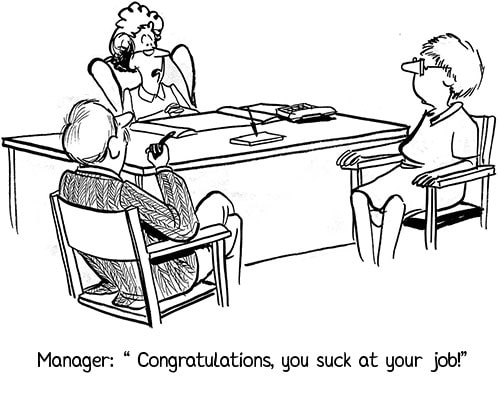Investing in performance review software is one of the best decisions your business could make, given how important these applications are for managing an increasingly decentralized work environment. This type of software streamlines work for managers and offers objective ways to measure employee productivity and improve overall management. There’s a huge variety of these performance tools though, and some are quite the investment, so it can be daunting to decide which one you should pick. Don’t worry, we’ll guide you through the entire process of choosing the right performance review software for you.
Step 1: Understand your needs
You need a clear perspective of what you need from performance review software in terms of HR, finance, and your specific business goals.
1. Talk to HR
Since HR is responsible for evaluating employee performance and conducting hiring decisions, they will understand your company’s performance needs best. Your organization’s HR department can inform you of what specific features you need from performance evaluation software. They could easily identify how easily such software can be integrated into your company, and whether you should expect a steep learning curve from your employees when they start using it.
Also Read: 9 Progressive HR Approaches from HR Professionals
2. Budget Constraints
Professional performance review software is an investment, often a large one, so you need to set a budget range. After having a general idea of what range you can afford to invest in, you need to conduct a cost-benefit analysis of optional features, opting for only the ones you absolutely need. Ideally, you should set your investment range according to your perceived future requirements. If you expect your company to grow massively in the near future or suspect there’s a severe problem with existing performance management, it may be worth spending more.
3. Organizational Goals
Performance management software is most effective when you already know what you want. It’s not strictly necessary to have a list of exactly everything you need, but it helps to at least have a general idea of what place the system has in your company.
For instance, if you’re a software development company, you may want your employees to develop new applications quicker, but you also don’t want to compromise on quality. In such a case, you need performance management software that doesn’t just track time but also provides a checklist of project requirements to ensure new applications are developed quicker without loss in quality.
Also Read: 7 Reasons Why Goal Setting Is Important
4. Use a trial or demo version.
Sometimes the best way to see if something works is to just try it out and see what happens. Thankfully, many performance review software have trial and demo versions you can test for a short period of time to see if they fit your needs. Usually, you’ll be given access for a week, which is enough time to collect data and conduct analysis to see whether productivity has improved or not.
Using trial software is also a good idea if you’re not sure of what additional features you want to have. While testing the demo or trial version of the performance review software, you’ll quickly discover additional things you need. For example, if you’re a real estate organization, you might find that one of the most valuable additional features you need from your performance review software is being able to calculate the time spent per unit by a vendor.
5. Note the features you want
Although every company’s needs are different, there are generally a few functions every company needs, like listing goals, recording data, and exporting information. And, depending on your organization, you may have specific requirements like providing in-app feedback to employees too.
Basic features
- Assignments
Effective performance review software has the capacity to assign team and individual goals for your employees, and it should be able to integrate them in a way that makes sense from an overall perspective. Objective and Key Results (OKR) can easily be used on performance review software.
- Data Recording
Performance appraisal software should allow you to collect performance-related data from employees such as the number of hours logged, the amount of time taken to complete a task, etc. This raw data should be easily accessible to managers.
- Export data
You should be able to export the data stored on the application to external sources for safety, analytical, or managerial reasons. There is no valid reason for not being able to do that.
- Basic statistics
At least some basic statistical functions should be present, like calculating averages. These statistics offer meaningful information for managers.
Also Read: What Is A Performance Management System?
Advanced functions
These requirements may or may not apply to your specific case, but generally, the larger and more complex an organization is, their needs will also be more complex.
- Goal adjustment and editability
Depending on your industry, you may have very complex tasks that you assign to employees. In that case, you need a performance review system that allows managers to collect different types of data flexibly and edit task requirements if needed.
- Feedback mechanism
Being able to give feedback directly through the employee performance management application is a desirable feature for large organizations.
- Real-Time Progress Updates
This feature is especially desirable for companies with large numbers of remote workers. Being able to see everything that each employee is doing at a glance helps managers better understand their employee’s conditions.
- Visual Representation of Data
Some performance software lets you construct basic visual diagrams, like pie charts, bar graphs, and histograms, of employee performance. These visual aids can be useful if you want to represent information intuitively.
- Compensation Integration
Being able to dispense salaries from a performance application is a useful feature if your employees frequently work overtime, and you would like to track them easily.
Step 2: Consider Technical Aspects
Even if you find a performance review system that aligns with your goals perfectly, you still need to make sure it can be integrated into your existing work systems optimally.
1. Compatibility with existing systems
Larger organizations typically already have databases and systems to record employee performance. If you already have such a setup, make sure you can easily export the existing data to the new software. Also, make sure your current It setup will easily allow you to run the software.
You could start assessing your needs by consulting your IT department about the best way to introduce the performance evaluation software to your organization. Most performance management applications, especially high-end ones, are designed to be compatible with most systems, but you should still check regardless.
2. Employee adaptation
Transitioning to a new software might initially be difficult for your employees if they’re not technically literate. You might experience disruption caused by the adjustment period, that’s normal, but it should not be a prolonged problem. It should not take your organization more than a week to adjust to the new system.
This is why trial periods are crucial. During the trial period of a performance review application, take note of how quickly your employees adjust to the new system. If they take too long, it’s evidence that the specific application isn’t right for you.
Also Read: 8 Steps To Effective Employee Surveys
3. UI – UX or Interface design
A good performance management application should be easy to use with a friendly, clear, and intuitive user interface (UI). Ideally, your staff should experience minimal confusion while using the application. A good UI will ensure the software performs optimally.
Conversely, a bad UI will lead to disruptions. Employees may find it difficult to use and will make mistakes, skewing the accuracy of the data recorded. Bad UI also indicates the company that developed the software lacks professionalism.
4. Hosting
It’s important to pay attention to whether your performance evaluation software can be hosted locally or on the cloud. Ideally, a performance management application should be hosted on a cloud-dedicated server to maximize safety. This type of infrastructure tends to be the most stable, and you should try to get applications that only run on the cloud.
Step 3: Consider long-term viability
Performance management software is a long-term investment, so you should make sure the application you choose benefits you long-term.
1. Customer Support
Inevitably, you will run into problems with any performance management software you use. When these problems arise, you want to make sure the company you’ve hired has a good customer support system. It will help you quickly diagnose your issues and provide effective support. It would be a good idea to check the customer support reviews of different performance review applications. Steer clear of applications with generally bad customer support reviews since it indicates a lack of professionalism.
2. Scalability and flexibility
Your organization’s needs will change over time as it grows, expands, and encounters new challenges. The performance review software should, ideally, be able to adapt to the changing needs. Your requirements with 100 employees will be vastly different than they are with 10. So make sure that any software you choose to invest in has the potential to be scaled up to the changing needs. The best options will allow you to change nearly everything about the application long-term.
3. Longevity
Compatibility with new systems is an important requirement. Ideally, the software you invest in today should be fully compatible with various systems for the next 5 to 10 years at least. You should consult with your application provider about how long they intend to offer IT support, including how frequently they intend to release updates. The best performance systems will have guaranteed long-term support for their systems and a dedicated team.
Conclusion
Employee performance management software is a great investment, but like any other purchase, you have to make sure you do it right. You need to choose the software that fulfills your specific requirements best, is the easiest to use, has the most number of desired features, and fits in your budget.
Subscribe To The Engagedly Newsletter
